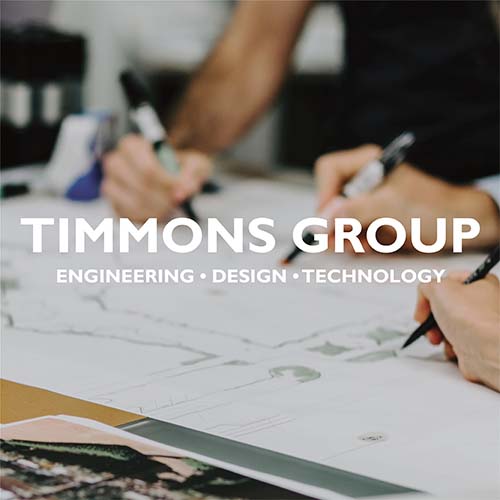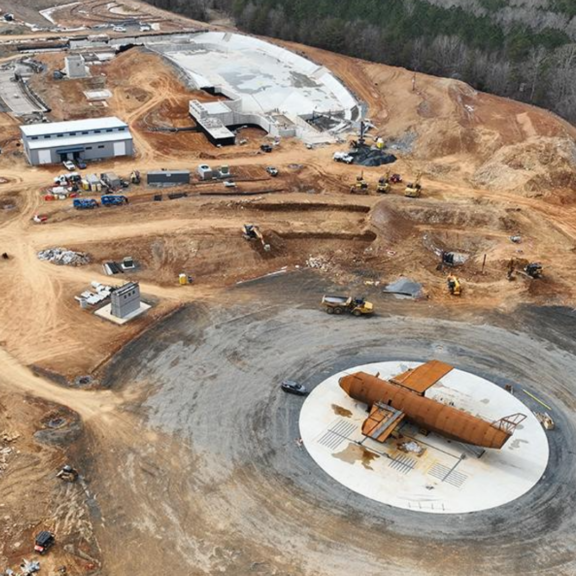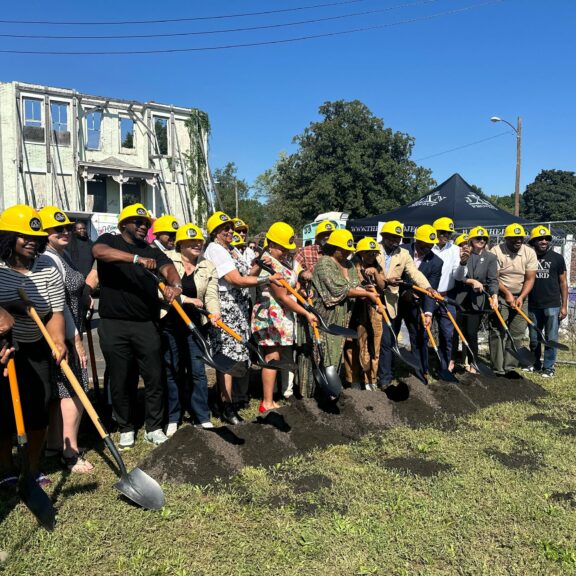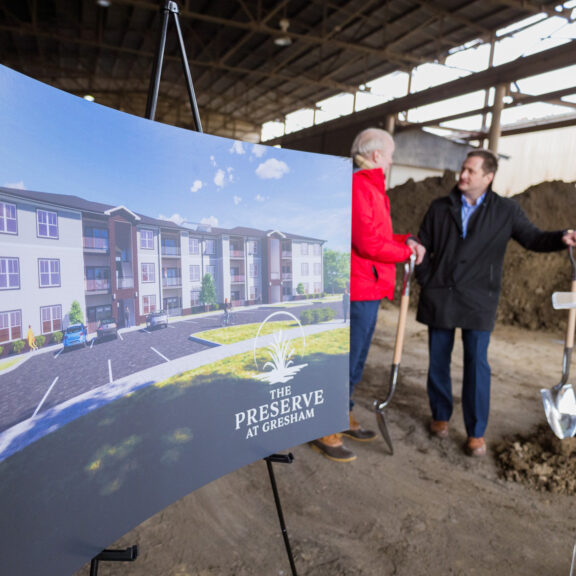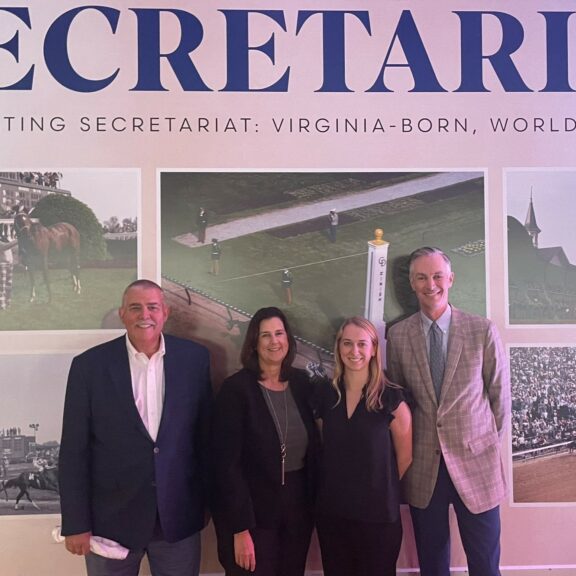What does an outdoor makerspace for children look like? Timmons Group’s landscape architects set out to answer this question for the Woodbrook Elementary School Addition/Renovation project in Albemarle County, Virginia. Looking to merge the classroom with the outdoors and playground, we reimagined a schoolyard that immerses students and teachers in the design process and enables them to CREATE, BUILD, PERFORM, GROW, DISPLAY, and PLAY.
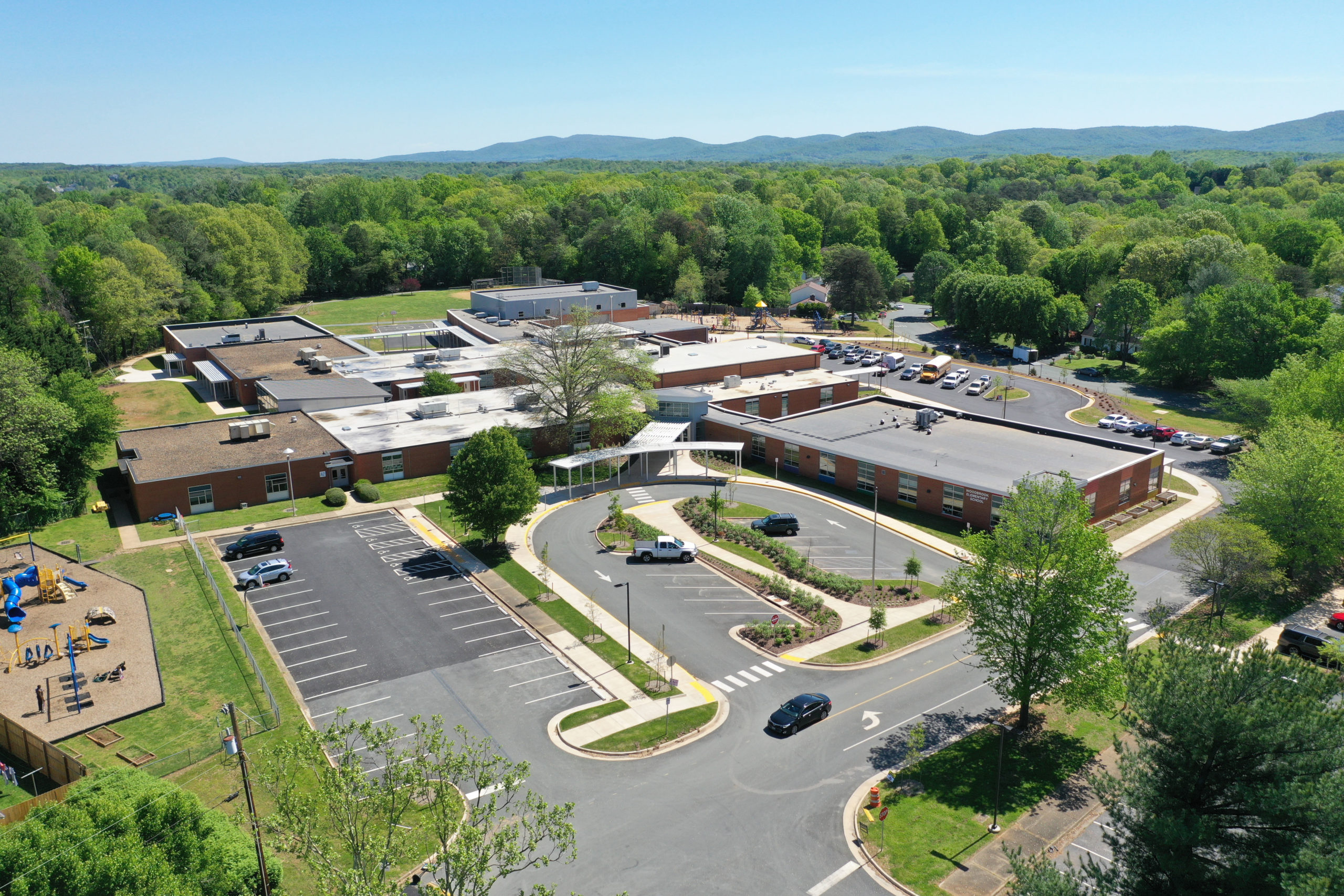
Working with our design team partners, Albemarle County Public Schools and RRMM Architects, Timmons Group arranged a series of outdoor learning spaces around the perimeter of the school building, with each space adjacent to a corresponding classroom or entrance. The physical arrangement of these spaces (along a long, arced corridor spanning the building) creates a circuit: five activity spaces linked together through both curriculum and the tangible production of student work. Students can CREATE designs in the studio space, perhaps in art class. Students can then BUILD their creations in the workshop space and conduct experiments in the adjoining lab. Once their projects are complete, students can present or PERFORM their work on the stage.
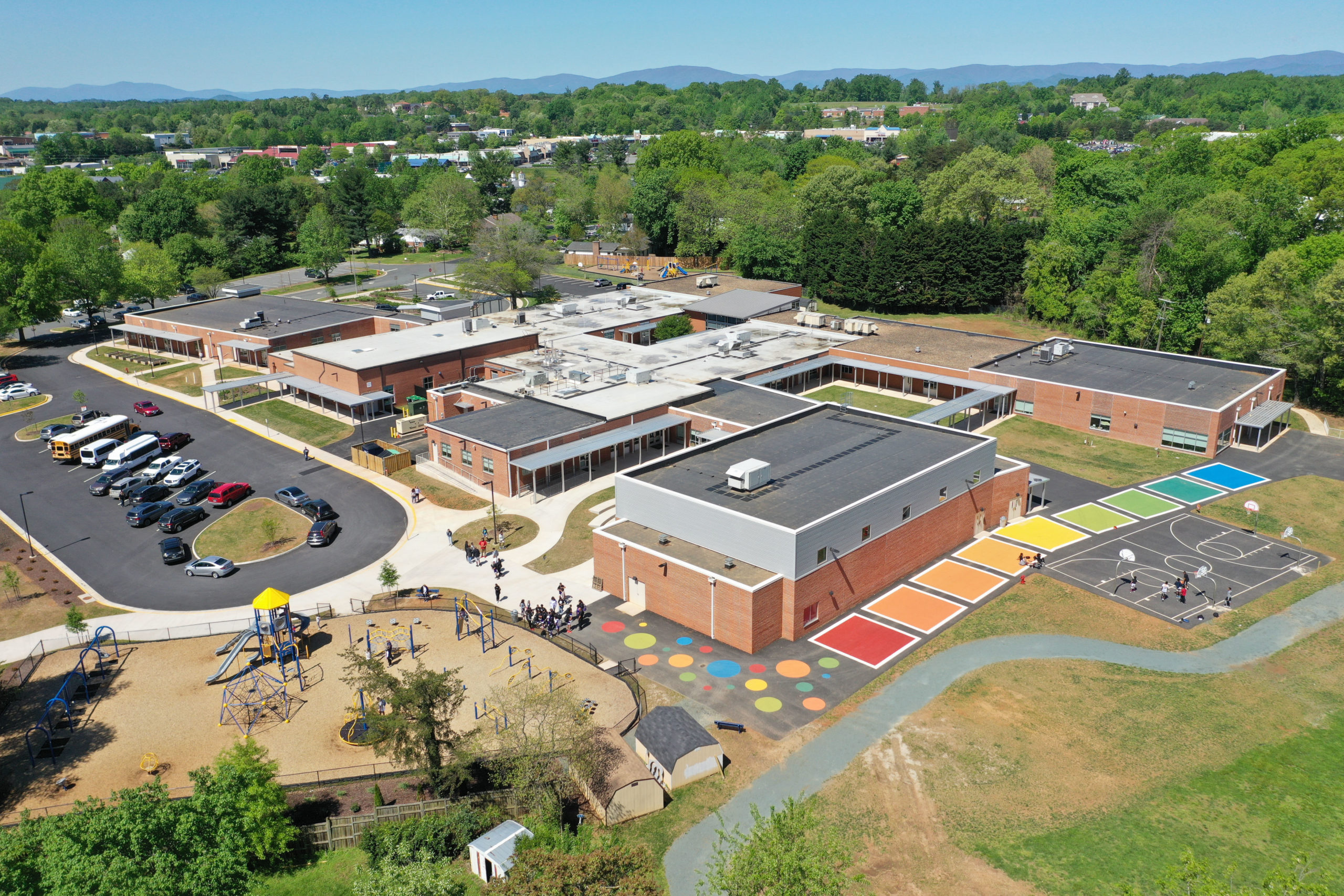
Some of these projects might be put to use in the greenhouse or gardens where students GROW plants as a part of their studies in science, social studies, and physical education.
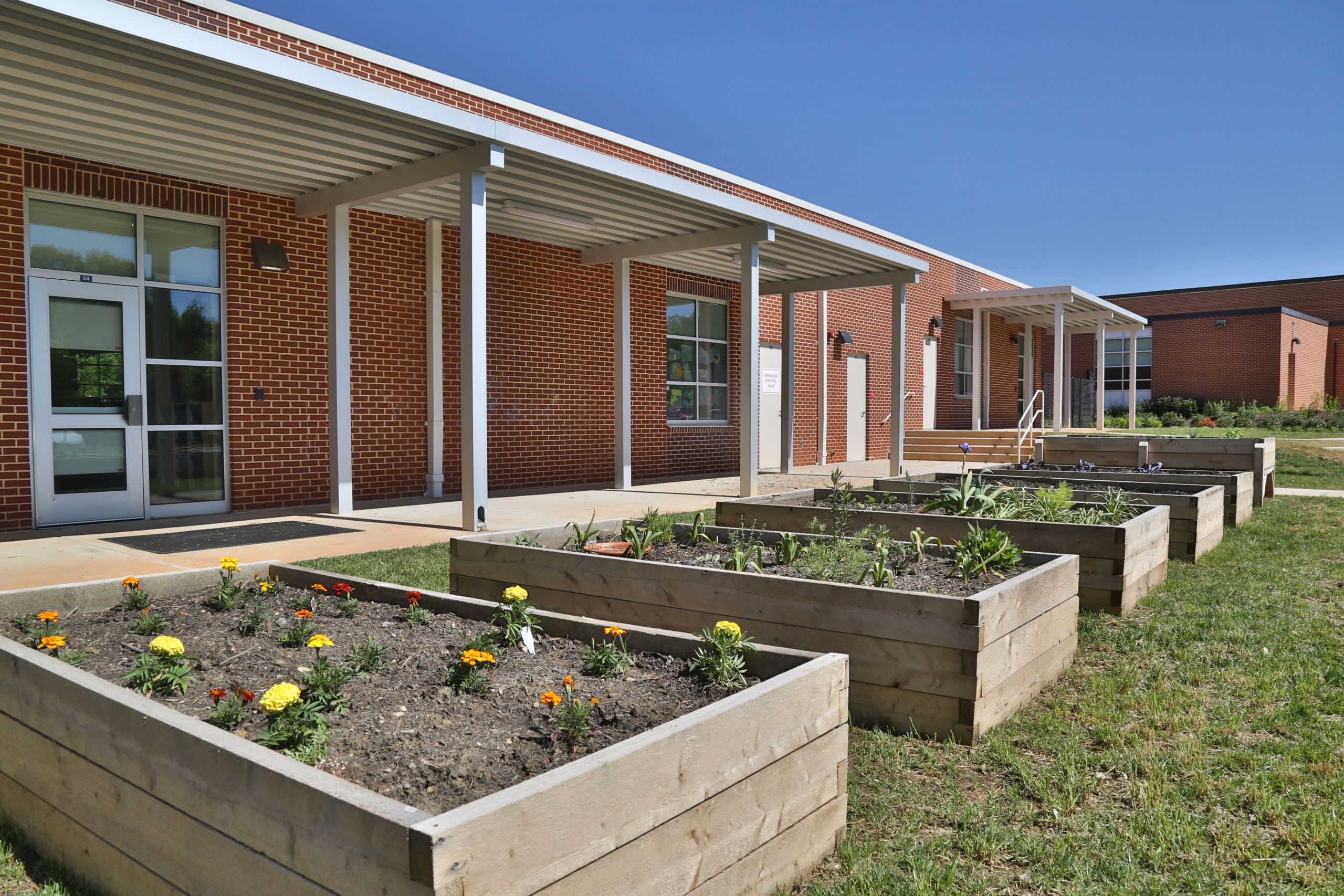
Finally, students can proudly DISPLAY their work to the school community and visitors at the main entrance to the building, creating a visually exciting arrival experience defined by the talent and creativity of the student body. Complimenting these outdoor learning areas are a series of alternating PLAY experiences, both structured and unstructured.
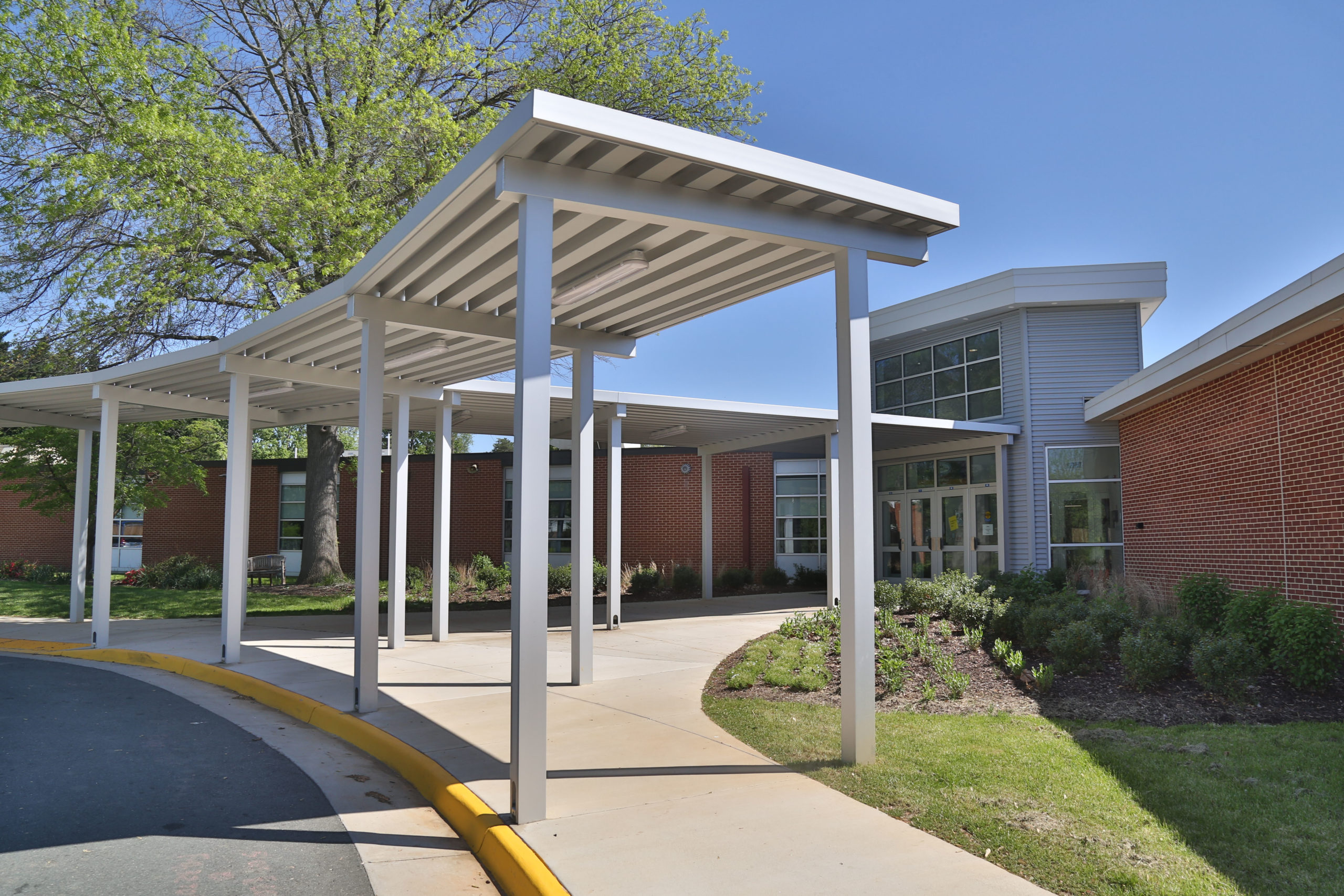
These outdoor maker spaces include slate paving for designing and drawing outside, planters of bamboo (a renewable material) for building, and covered canopies for all-weather use. Large, multi-use tables with casters give the students the flexibility to move projects indoors/outdoors between the building and the courtyard and allow for the accessible storage of materials.
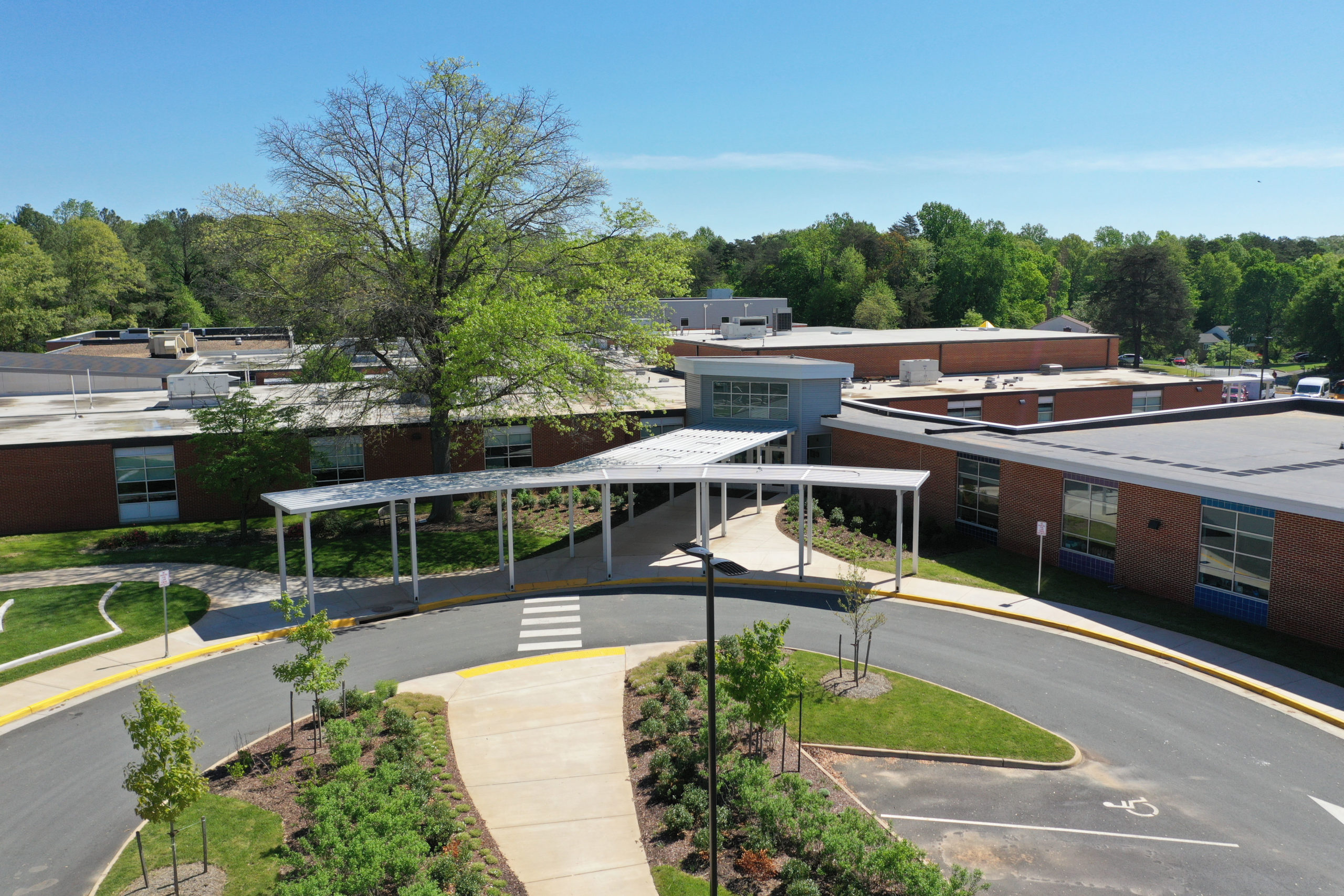
Pollinator gardens, a chicken coup, and raised planters connect students with the natural world. They can use and install their designs and creations in the garden, and they can incorporate their observations and discoveries there into their projects.
This project-centered environment and sequence of maker spaces will bring a transdisciplinary approach to education at Woodbrook Elementary School and support a one-of-a-kind experiential outdoor learning experience.
